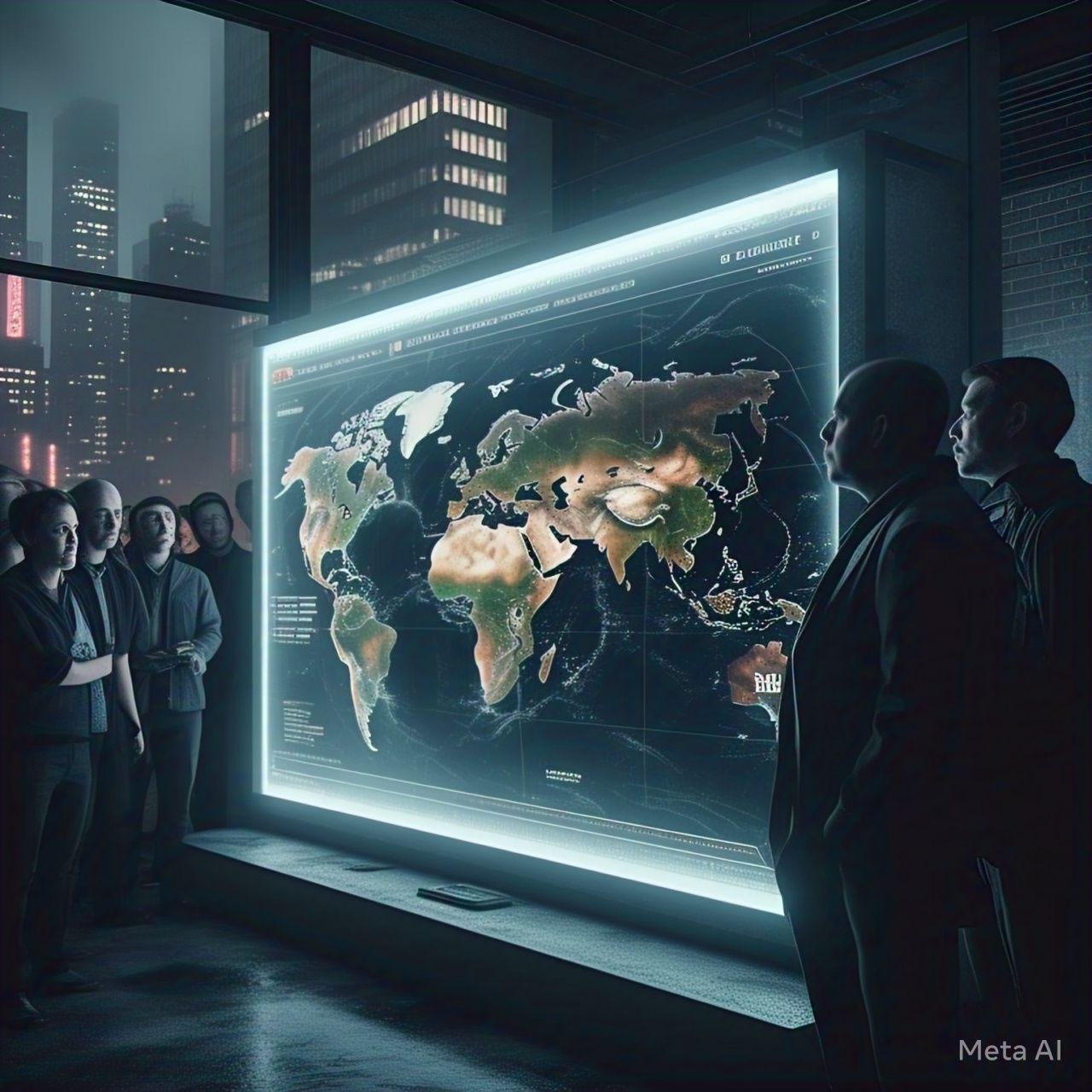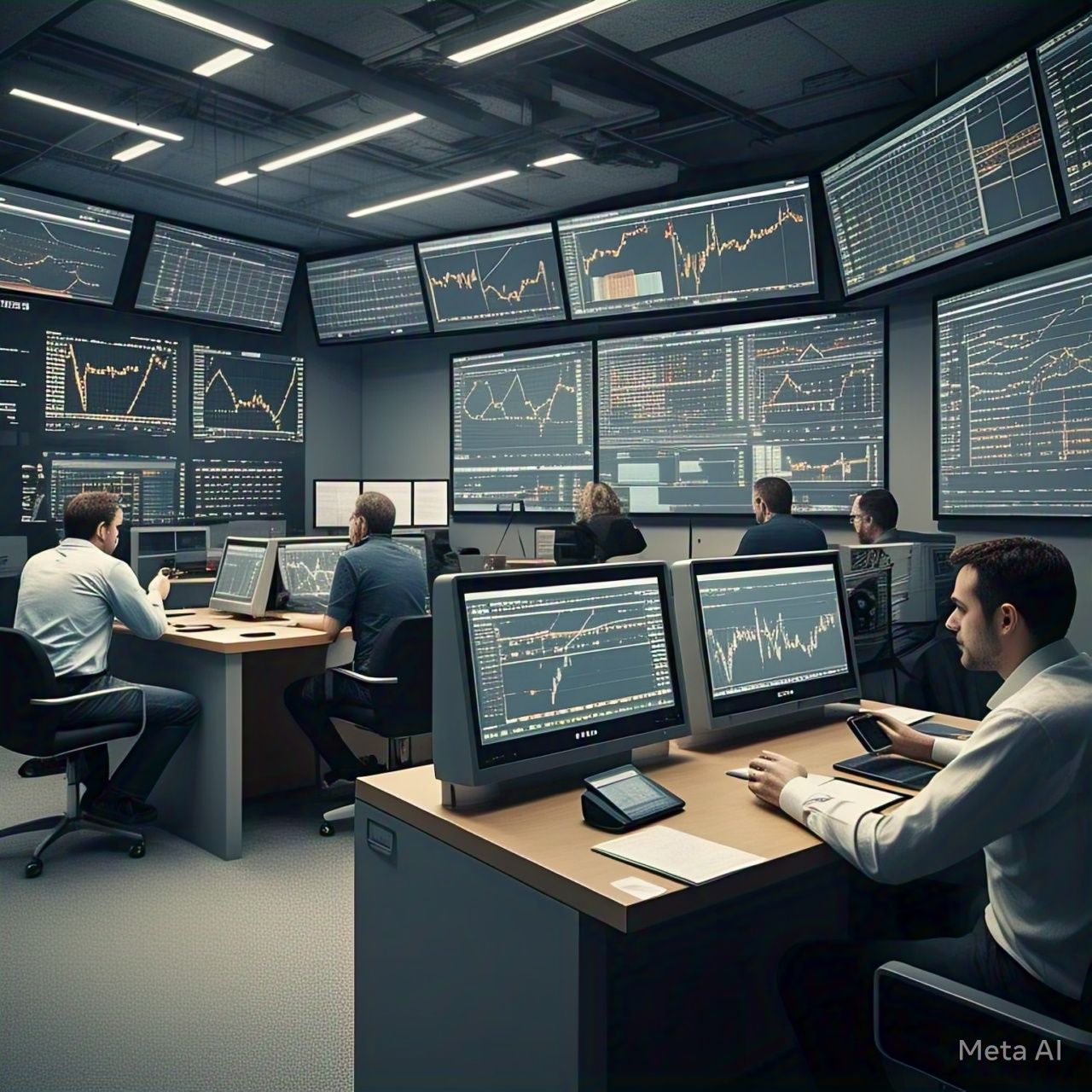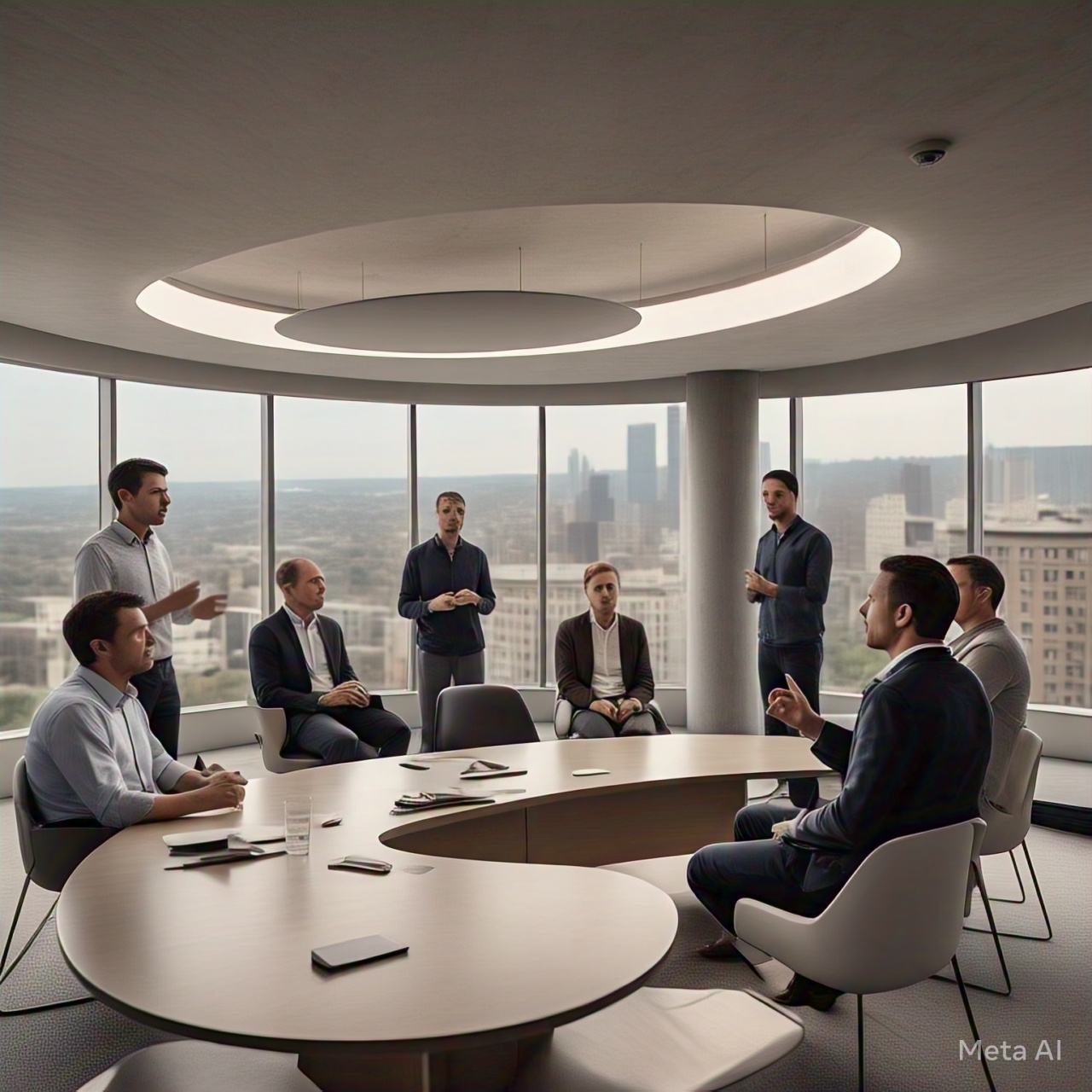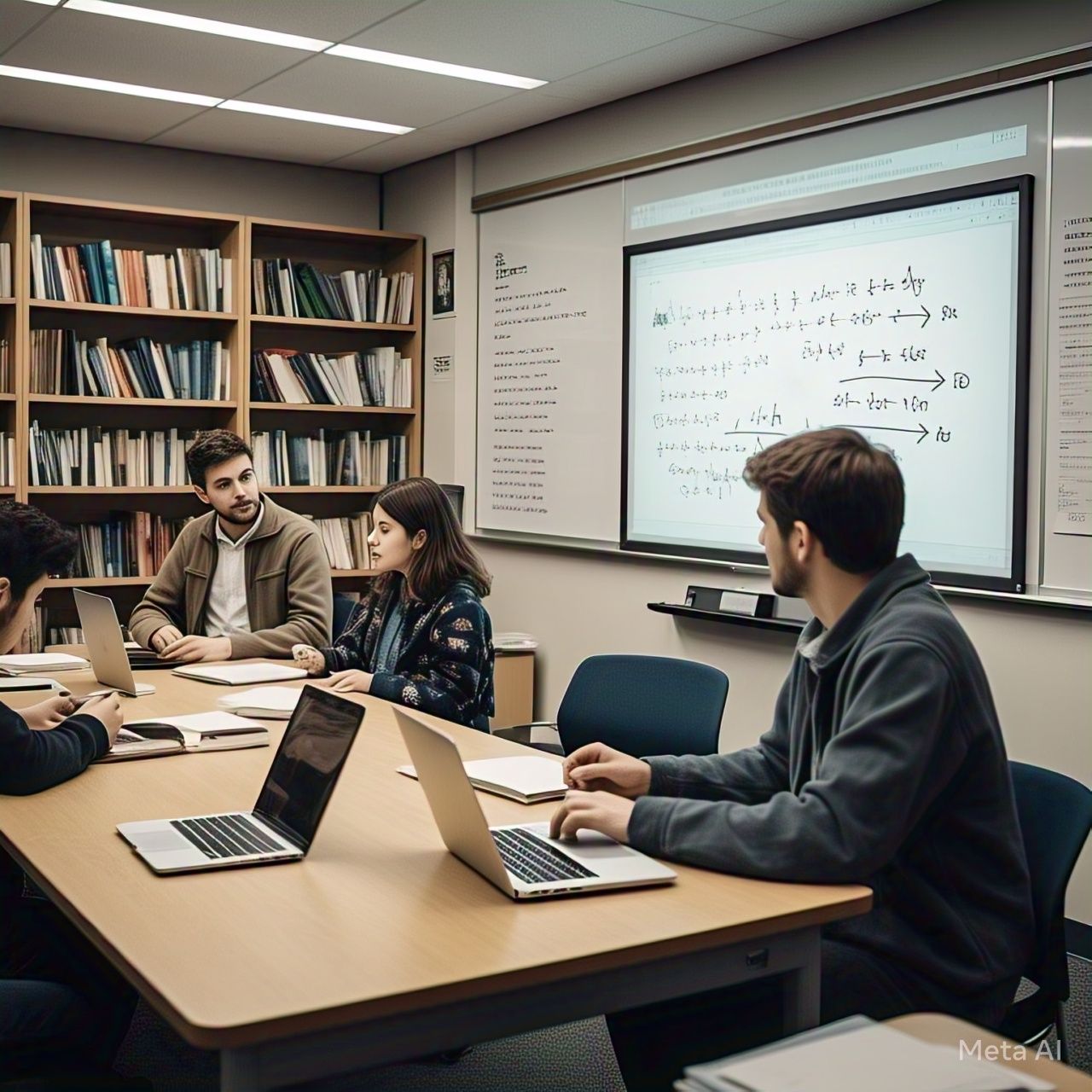Table of Contents
- Introduction
- Understanding the Risks of AI
- AI Bias and Discrimination
- Job Displacement and Economic Impact
- Autonomous Weapons and AI in Warfare
- Privacy Invasion and Surveillance
- Misinformation and Deepfakes
- AI in Cybersecurity Threats
- Ethical Concerns in AI Development
- How to Mitigate AI Risks
- Conclusion
- FAQs
1. Introduction
Artificial Intelligence (AI) is transforming industries, from healthcare to finance. However, with rapid advancements come serious risks and dangers. The potential for misuse, bias, and ethical dilemmas raises concerns about AI’s impact on society. This article explores the dark side of AI, including its threats to privacy, security, and employment.
2. Understanding the Risks of AI
AI is not inherently dangerous, but its development and application can have unintended consequences. The key risks include:
- Bias and Discrimination: AI models can reflect and amplify societal biases.
- Economic Disruption: Automation can lead to widespread job losses.
- Security Threats: AI can be weaponized for cyberattacks.
- Privacy Invasion: AI-driven surveillance threatens personal freedoms.
- Misinformation: Deepfakes and AI-generated content can manipulate public opinion.
3. AI Bias and Discrimination
AI systems learn from data, and if the data is biased, AI decisions will be too. This can lead to discrimination in hiring, lending, law enforcement, and more.
Examples of AI Bias:
| Sector | AI Bias Impact |
|---|---|
| Hiring | AI hiring tools have been shown to favor men over women. |
| Healthcare | AI models can misdiagnose diseases in minority groups due to biased data. |
| Criminal Justice | Facial recognition misidentifies people of color at higher rates. |
How to Reduce AI Bias:
- Train AI with diverse and unbiased datasets.
- Implement ethical AI guidelines.
- Regular audits to detect bias.
4. Job Displacement and Economic Impact
AI and automation are replacing human workers in industries such as manufacturing, retail, and even creative fields.
Potential Consequences:
- Millions of low-skill jobs could become obsolete.
- Economic inequality may widen.
- New AI-related jobs require advanced skills, leading to a skills gap.
Possible Solutions:
- Governments and companies should invest in AI reskilling programs.
- Universal Basic Income (UBI) could be considered to support displaced workers.
- AI should be used to augment human work rather than replace it entirely.
5. Autonomous Weapons and AI in Warfare
AI-powered weapons pose a serious global threat. Military AI can be used for autonomous drones, robotic soldiers, and cyber warfare.
Risks of AI in Warfare:
- Lack of human control over lethal weapons.
- Risk of AI-driven conflicts escalating beyond control.
- Ethical concerns regarding autonomous decision-making in warfare.
Mitigating AI Weaponization:
- Global AI arms control agreements.
- Ethical AI development policies.
- Increased human oversight in AI military applications.
6. Privacy Invasion and Surveillance
AI-driven surveillance is being used by governments and corporations to monitor people’s activities, raising ethical and legal concerns.
Examples of AI Surveillance:
- China’s Social Credit System: AI monitors citizens’ behaviors and assigns them scores.
- Facial Recognition in Public Spaces: Used to track individuals without consent.
- Big Tech Data Collection: AI collects massive user data for targeted advertising.
Protecting Privacy:
- Stronger data protection laws like GDPR.
- Increased transparency in AI data collection.
- Privacy-focused AI development.
7. Misinformation and Deepfakes
AI-generated deepfakes and fake news can manipulate elections, ruin reputations, and spread false information.
How AI is Used in Misinformation:
- Deepfake videos impersonating politicians or celebrities.
- AI-written fake news articles.
- Social media bots spreading disinformation.
Combating AI-Driven Misinformation:
- AI tools for deepfake detection.
- Improved fact-checking mechanisms.
- Stricter social media regulations.
8. AI in Cybersecurity Threats
AI can be used for hacking, phishing, and automated cyberattacks, making it a major cybersecurity threat.
AI-Driven Cyber Threats:
- AI-Powered Phishing: AI generates personalized phishing emails.
- Automated Hacking: AI exploits software vulnerabilities faster than humans.
- Fake AI Chatbots: Used to manipulate users into revealing sensitive information.
Strengthening AI Cybersecurity:
- AI-based security systems to detect threats.
- Enhanced cybersecurity regulations.
- Ethical AI hacking to identify vulnerabilities.
9. Ethical Concerns in AI Development
AI developers face ethical dilemmas regarding responsibility, accountability, and unintended consequences.
Key Ethical Issues:
- Who is responsible for AI decisions?
- Should AI have legal rights?
- How do we ensure AI benefits all of humanity?
Ethical AI Development:
- Implement fairness and transparency in AI systems.
- Promote ethical AI research and education.
- Encourage corporate responsibility in AI development.
10. How to Mitigate AI Risks
AI risks can be reduced through ethical development, regulations, and increased public awareness.
Strategies for Safer AI:
- Regulations & Policies: Governments should enforce AI safety standards.
- Transparency in AI: Open-source AI research to prevent misuse.
- AI Ethics Committees: Organizations should establish AI ethics boards.
- Public Education: Raising awareness about AI risks and benefits.
11. Conclusion
AI offers immense potential, but its dangers must be carefully managed. From bias and misinformation to cybersecurity threats and job displacement, AI’s risks highlight the need for responsible development. By promoting ethical AI practices, enforcing regulations, and ensuring human oversight, we can harness AI’s power while minimizing its negative consequences.
12. FAQs
Q1: Can AI be dangerous to humans?
Yes, if misused, AI can pose risks such as surveillance, misinformation, and job displacement.
Q2: How does AI contribute to bias and discrimination?
AI models trained on biased data can produce unfair outcomes in hiring, healthcare, and law enforcement.
Q3: What is the biggest threat of AI?
Autonomous weapons, deepfakes, and AI-driven cyber threats are among the most serious dangers.
Q4: Can AI replace human jobs?
Yes, automation is replacing jobs in many industries, but AI also creates new job opportunities requiring specialized skills.
Q5: How can we ensure AI is ethical?
By implementing strict regulations, ensuring transparency, and promoting responsible AI development.
References
- Russell, S., & Norvig, P. (2020). Artificial Intelligence: A Modern Approach. Pearson.
- Bostrom, N. (2014). Superintelligence: Paths, Dangers, Strategies. Oxford University Press.
- European Commission. (2021). AI Ethics Guidelines. Retrieved from EU AI Regulations




